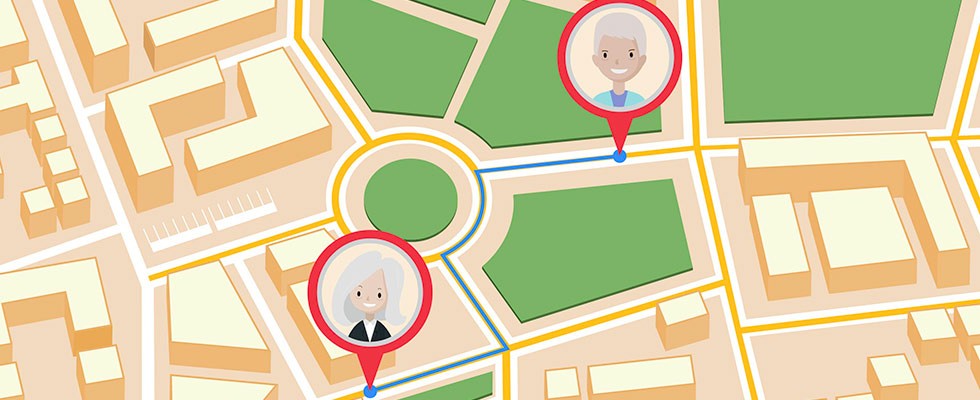
Electronic visit verification (EVV) is more than just a federal requirement—it's a powerful tool in the homecare industry that ensures members receive the care they need when they need it. EVV confirms that the services billed for are actually delivered, prevents falsely reported visit durations and supplies accurate information about the care administered, helping to reduce waste and facilitating the alignment of care provided with authorized and necessary services. The 21st Century Cures Act necessitated the use of EVV for Medicaid-funded personal care services and, with time, its utility has extended well beyond compliance.
Introduced as part of the Cures Act in 2016, EVV usage became a requirement for Medicaid-financed personal care in January 2020 and for home health care services in January 2023. Designed to verify care services electronically, EVV substantiates that caregivers execute services at the correct times and locations, establishing confidence and trust with members who depend on accurate, timely care.
Despite the value of EVV and the helpful additional capabilities available through integrated EVV software platforms, homecare providers may still encounter misconceptions surrounding this technology. Now that agencies have complied with EVV implementation and have some experience with its basic capabilities, it’s crucial to clarify any lingering misunderstandings so the technology can be leveraged comprehensively for the betterment of members and providers alike.
EVV’s Benefits
EVV is a system that validates caregiver visits and records the services provided, typically through a GPS-enabled app or fob, which is a keyless remote entry device containing an RFID chip that communicates with designated systems and transmits certain data. The recorded data is then used to streamline administrative tasks, ensure legal compliance, and fortify operational efficiency within the homecare industry.
EVV also allows care providers to access centralized information and data about a member’s diagnosis, current condition, treatment plan and observations noted by other caregivers. With this vital information at their disposal to support clinical decision-making, teams can enhance care and avoid duplicate efforts.
In addition to better care processes, EVV also improves billing and claims-filing procedures, thanks to documented proof of proper adherence to time, date, frequency and reporting guidelines for all homecare visits. This information collected by caregivers is securely organized, formatted and uploaded through a reliable platform to seamlessly connect caregivers with payers and providers while strengthening operational efficiency. Additionally, EVV platforms are designed to accommodate staff schedules, even as agency teams expand and members’ needs evolve. To address challenges posed by frequent appointment and schedule changes, many EVV mobile apps provide users with real-time access to current appointment information and offer upcoming visit reminders, effectively minimizing unnecessary commutes, no-shows and scheduling errors.
Dispelling Misconceptions
A common misbelief is that EVV invades caregiver privacy or is used for constant surveillance. In truth, the GPS functionality is only engaged during clock-in and clock-out events to confirm the caregiver's presence at the service location, and not for monitoring throughout the entire visit.
Another misunderstanding is that EVV detracts from the quality of care by draining caregivers' time. EVV systems are designed to be quick and easy to use, requiring only moments to complete a check-in process, thus allowing caregivers to focus time and energy on member care.
Contrary to the belief that billing via a state-sponsored EVV vendor slows down claims, a unified system for EVV and billing can actually enhance efficiency. When integrated, such systems minimize administrative burdens, expedite billing processes and ensure claims are processed swiftly.
In fact, when implemented effectively, EVV compliance directly contributes to an all-around better experience for both caregivers and members. Real-time confirmation of service delivery increases the likelihood of plans being followed accurately. This heightened level of accountability benefits all stakeholders—members have their needs reliably met, payers compensate only for verified services and providers can elevate their operational standards.
EVV Best Practices for Homecare Providers
To capitalize on EVV's advantages, it's vital for homecare providers to adopt best practices for seamless EVV implementation and management. Here are strategies to ensure your EVV data leads to properly processed claims and optimal member care:
- Educate your team: Train caregivers on how to use EVV technology efficiently and explain its importance in member care and compliance.
- Streamline with technology: Use integrated solutions that can aggregate visit data and monitor EVV compliance, making it easier to submit and process claims.
- Stay up to date: Keep informed of state-specific rules and regulations to remain compliant and avoid pitfalls due to unawareness or misinformation.
- Leverage data: Use the valuable data collected by EVV systems to optimize care delivery, scheduling and administrative processes.
- Ensure separation of processes: Recognize that EVV data collection and claim submissions are distinct processes. Treat them as such to streamline both accurately to ensure ultimate compliance and on-time payment of claims when the processes finally do intersect.
- Simplify compliance: Adopt solutions that unify EVV compliance with billing, reducing complexity and speeding up reimbursements.
It’s crucial to dispel the myths surrounding EVV technology and leverage it to achieve the intended purpose—fortifying the integrity of homecare services while boosting outcomes for patients. By rooting out misconceptions, adhering to best practices and integrating technology, homecare providers can turn the obligations of legal compliance into opportunities for improved care and business efficacy. Understanding and mastering the nuances of EVV will not only ensure a smoother experience for providers but will ultimately enhance the level of trust and quality within the homecare ecosystem.
